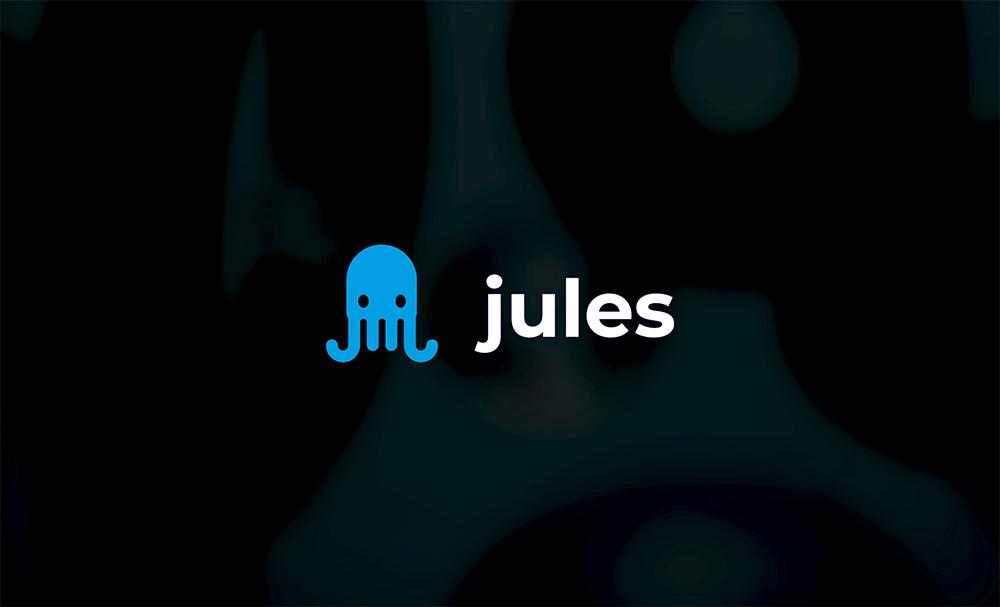In 2020, UZ Leuven partnered with GC innovate to facilitate a cloud backup solution for its 200 terabyte of pathological data. Non-critical data that almost never needs to be consulted again. It was a good project to start with and tentatively gain experience with cloud backup services.
The challenge: Moving a huge amount of data to GCP
Belgian hospitals must keep patient records for years. In the UZ Leuven pathology department, this involves 200 terabyte of medical data, especially human samples. Everything is stored in the on-premises data center. But over time, interest in the data diminishes strongly and most of the (older) samples are rarely consulted again, if ever. On-prem storage is actually way too expensive for that. Moving a copy to the cloud, and only being charged for the changed data blocks, is a cheaper yet safe solution. The question was though, how to migrate such a volume to the Google Cloud Platform, as efficiently and automatically as possible.
The solution: Backup to the cloud, based on NetApp and Google technology
Google Cloud is the default cloud environment of the UZ Leuven data center. They have also been a NetApp user for more than 20 years. This technology allows synchronization between the on-premises NetApp system and NetApp’s Cloud Volumes ONTAP storage offering (CVO). Rather than directly turning to hyperscaler Google for the migration, UZ Leuven preferred to partner with a local player. GC innovate proved its ability to deliver financial, legal, and GDPR support correctly, which sounded promising for the cloud backup project.
The (future) results: Investing less in the on-prem storage system
Today, the pathological data are up and running in Google Cloud. A far more challenging plan is to also move 1.1 petabyte of radiology data to the cloud in 2021. More than a petabyte of room will thus be freed up in the on-premises data center. Combined with the much lower cost of storage in the cloud, the UZ Leuven IT department will once again have storage space and budget available for other projects. Moreover, there won’t be as high of a need for investments in the expansion of the on-prem storage system.
We decided to start our cloud backup project with a quick win. Transferring non-critical pathology data that were infrequently used. This first migration showed promising results. The partner team certainly met our expectations. Now we are facing a different challenge. Moving 1.1 PB of radiology data will require innovative thinking and expertise. We are very much looking forward to the outcome. – Reinoud Reynders, IT Director Infrastructure & Operations @ UZ Leuven






